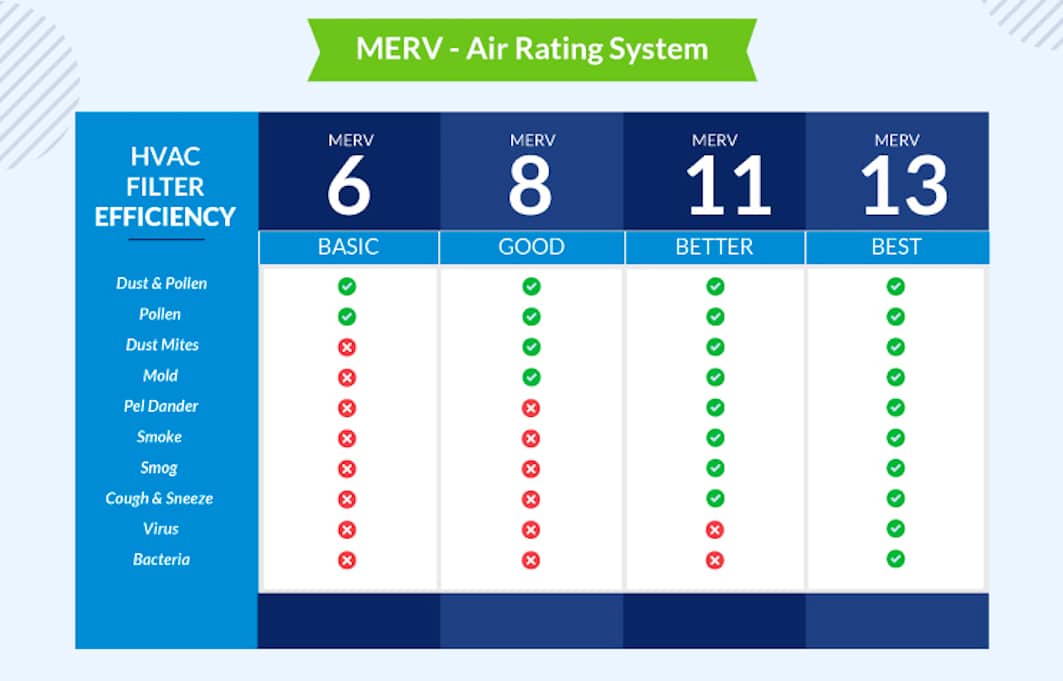Want To Know About the Latest Technology in Solar Energy? Read This!
About the Latest Technology in Solar Energy
The sun is the ultimate source of renewable energy. It is a great source of both heat and light. Using modern technology, we can easily harness and store this energy as electricity. We can then use it to light our homes, power electronics and even cook our food. Today, we use solar panels to capture sunlight and convert it into electricity. Here is the next big step in solar panel technology. It is known as solar tracking.
What is solar tracking technology?

This is a type of solar panel technology where the panels are slowly turned and rotated so as to follow the movement of the sun across the sky. This is made possible by a single-axis solar tracker installed in the frame holding up the panels. By doing this, the panels are able to stay exposed to the sun for as long as possible while exposed to the sun rays as much as possible.
One may wonder if there is extra electrical power required to power the mechanism that turns the panels. Actually, the single-axis tracker mechanism is completely self-powered. There is no extra electronic motor required to turn the panels. The single-axis framework is fitted with a solar powered motor. Thus, the panel is able to turn and track the movement of the sun on its own. This is an innovative way to maximize energy capture as well as reduce the maintenance required for the panels.
The solar tracking panels are designed such that their cost of installation is very low. In addition to that, they utilize very little energy to turn the panels so that they can face the sun. In addition to that, this panel technology can easily be fitted on any terrain. Moreover, the installation process is much faster and easier because you need only a few panels to achieve very high megawatts (MW) of electricity. There are much fewer parts per unit installed. As a result, very many of these units can be installed in a short time with minimal manpower. Moreover, the site preparation process is easier and more manageable.
The benefits of solar tracking panels on a utility scale installation
Solar panels can be used to provide power to a large number of houses. Entire communities can get electricity for their homes from a large installation of utility scale solar tracker panels. Is this practical? Is there a return on investment? Will they require any maintenance? Read on to learn how the solar tracking panels are capable of utility scale power provision.
When installed in sunny areas, solar tracking panels are capable of providing energy savings that range between 4.5 to 5.5 cents per kilowatt-hour. Due to this efficiency in saving, they offer superb economies of scale when compared to rooftop installations or smaller solar panel installations. The main reason why they are capable of such efficiency is because they are mounted on the ground and have motors that turn the panels to face the sun throughout the day.
Solar tracking panels installed on a utility scale are capable of increasing the production of solar power per year by 20%. This is when they are compared to the fixed mount systems. This system is also able to recoup the initial investment over the lifetime of the installation so much that solar tracking panels have the most minimized Levelized Cost of Electricity (LCOE) of any renewable energy utility scale project. Not only does this system result in more savings, but it also has a higher power output during the sunniest time of the day than the other fixed mounted solar panel utility systems.
How are these benefits measured?
To determine the benefits of this system, a very effective software tool is used. This tool is known as PV Watts. It is used to predict the power that is produced from a PV system based on various variables and settings. It is also able to consider the location where the panels have been installed. For example, if the panels are installed in a sunny area in Texas, the software will indicate that the single-axis solar tracker software is capable of producing 20% more electrical power than a flat or tilted, fixed-mount solar panel of the same size. In addition to that, the solar tracking utility scale panel system will provide more power in situations when the electricity demands are at maximum levels. The system is able to sense when electrical power is under heavy demand and it is able to convert the sun rays faster and output more electrical power. This is a characteristic that is unique to the single-axis solar tracking solar panels.
One main challenge
One major challenge that faced this type of solar installation when it was first introduced is doubts about its capability to provide utility scale energy production. Many stakeholders were skeptical about the claim that these panels do not need any additional maintenance. There were also concerns about the reliability of the single-axis solar tracking panels. However, the manufacturers of these panels such as Solartec provided proof and records indicating that the panels have an utpime rating of 99.99%. This indicates impeccable reliability. This data was sourced from many installations thus totaling gigawatts of electrical power production. Spurred on by the amazing results, the manufacturers sought to make the panels even more reliable by inventing features such as:
- Less motors to work the panels
- Ability to calibrate themselves
- Ability to keep working perfectly with no need for routine maintenance
Single-axis solar tracking panels cost approximately 7% more than fixed, ground mounted ones. However, they are capable of accessing 20% more sunlight. As such, they are a logical investment with confirmed returns. Thanks to the lower cost of solar energy equipment, they are affordable and make perfect sense when used on a utility scale. Communities, towns and cities can benefit from this solar panel technology and save money on energy costs.
Bio
Joe Higgins is an electrical engineer and a solar panel expert. He is fully adept on the functionality and capability of solar tracker panels. His work has been published on many online blogs and websites.



